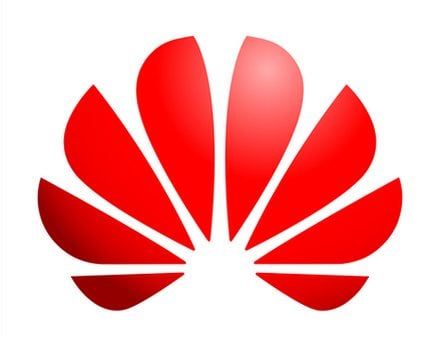Huawei plans to use SMIC’s ‘nearly-7nm’ process

Huawei Defying Export Controls, Renews Phone Chip Design
Huawei used to be a prominent player in the smartphone industry, competing head-to-head with giants like Apple and Samsung. They also held the top position in the market for 5G communication devices. Unfortunately, the United States' implementation of export controls has limited Huawei's ability to acquire cutting-edge chips, consequently affecting China's access to chip manufacturing equipment as well.
Huawei's inability to utilize foundry TSMC led to the company halting the production of its own chips and phones last year. However, the company has now partnered with prominent Chinese foundry Semiconductor Manufacturing International Co. (SMIC) to commence mass production of a 5G mobile chipset in the upcoming months, as reported by Nikkei.
SMIC has been fabricating FinFETs utilizing a 14nm process, yet this size is not small enough to create cutting-edge smartphone chips. The foundry has been unable to obtain extreme ultraviolet lithography equipment, but they have successfully developed their own 'N+1' process, which is said to be nearly on par with TSMC's 7nm process (as reported by Tech Insights, SMIC's process is equivalent to 7nm).
Although Huawei might have the ability to develop according to the SMIC procedure, it is uncertain if the production efficiency can be increased to a financially viable state.
Simultaneously, the Chinese administration is actively striving for self-reliance. Hence, it becomes crucial for SMIC's progress in manufacturing semiconductors to have viable products available to occupy the wafer fabrication facility.
Tech Insights has reported that the SMIC manufacturing process measures 7nm.
Opinion: Misdirected fury surrounding nearly 7-nanometer chip by SMIC
Chinese technology company Innosilicon has successfully completed the design and manufacturing process on Semiconductor Manufacturing International Corporation's (SMIC) advanced process, which is being referred to as 'nearly-7nm'.

























